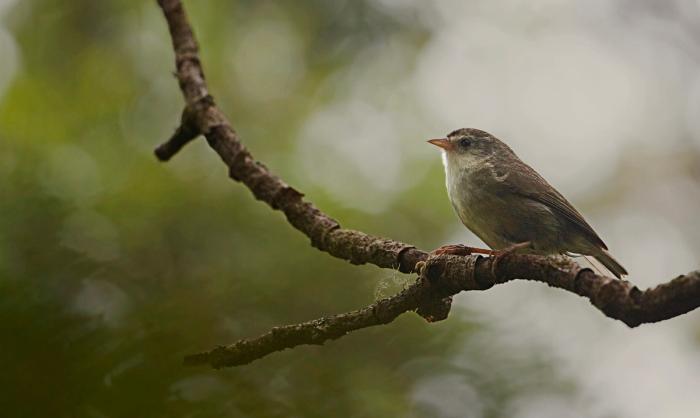
"15 of the 32 species of honeycreepers on the Hawaiian archipelago have gone extinct in the last 200 years. The akikiki is unfortunately next in line, and the majority of the remaining species are also at risk of extinction. We have very little historical data about the population, but in recent decades it has declined by 11 percent per year. Today, there we know of 2-3 individuals left in the wild and approximately 40 individuals in captivity. The decline is mainly due to avian malaria and mosquitoes, which have been introduced by humans, and now attack the young birds and thereby transmit the disease, causing high mortality in akikiki. Due to climate change and temperature increases, the mosquitos have spread up the mountains to the places where the akikiki lives.”
"We have known for a long time that avian malaria would become a problem for the vulnerable population. Now, unfortunately, it is only a matter of a few months before this species becomes extinct in the wild. However, a small population of birds in captivity may be released back into the wild in the future, if avian malaria can be controlled, and this is the only hope for the species.”
“It is probably too late to save the akikiki from going extinct in the wild, but other species of honeycreepers at risk can be saved with conservation actions. This requires us to limit climate change and look for innovative approaches to mosquito control and disease management for wild birds. Hawaiian honeycreepers are an important component of the unique Hawaiian ecosystem, and culturally important to Native Hawaiians. The loss of each species is a loss to local ecosystem functions, cultural connections, and world biodiversity.”
Eben Paxton, Avian Ecologist, USGS Pacific Island Ecosystems Research Center